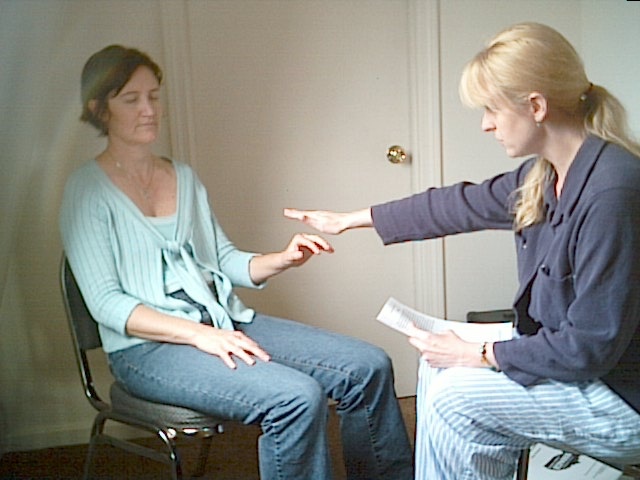Self-hypnosis for everyday life.
Self-hypnosis is a very useful psychological tool to initiate behavioural changes. It can also help you control the flow of negative thoughts. It can also get you in a better mood and even help you focus on specific goals. It is worth learning more about what self-hypnosis is and how it can benefit you in your daily life.
When you hear “self-hypnosis”, it may trigger an indefinable mixture of fascination and skepticism in you. But there are many books and research that deal with their usefulness and limitations, so that the question “Does it really work? For some people it is of little use. Others have benefited greatly from self-hypnosis.
“The mind can be compared to a well from which water rushes out, glistening in the sun, and falling back into the large underground basin that is the subconscious on which it rests.
If you are interested in learning how the human mind works, with all its secrets, then hypnosis will fascinate you. To this day it is a common treatment for people with mental illness, such as those with substance addiction, who want to quit smoking or using other drugs.
In recent years, many people have also begun to use self-hypnosis to program their subconscious. With
What is self-hypnosis?
Imagine you’re sitting in the subway or on a bus. You stare at a certain place at the window and your thoughts start to wander. You don’t go anywhere; you just lose yourself in your head. A few minutes later, when you reach your stop, you come back to yourself confused. You feel as if you have been torn out of a trance.
The state reached through hypnosis has similarities with this experience. It is about separating yourself from reality to get into the “basement” of your mind. And what you do in these moments can have a big impact on your life. You can focus on your desires, set priorities, make decisions and even improve your mood.
One fact that many people pay little attention to is that the actions they perform consciously come from their subconscious. This means that your taste, your inclinations and the way you react to certain circumstances are all a product of a subconscious event. This place, where your previous experiences, your personality, instincts and automatisms are preserved, determines what you do all day long.

For this reason, the goal of self-hypnosis is to be able to control the subconscious more strongly in order to program it. And sometimes you may already use this technique without noticing it.
Techniques for practicing self-hypnosis
For some people it is best to train hypnosis with a specialist. But if there is a lack of time, access or resources, the following strategies can be very useful to learn on your own. The key to success lies in a combination of discipline, willpower and daily practice.
Visualization
To practice self-hypnosis, an anchor stimulus is needed. This stimulus can be the light of a lamp, the white of a sheet of paper, a glass of water or even a fictitious situation. It must be a spiritual refuge or a visible point. From this point you can go inside, into your mind.
The first thing you have to do is to look at this stimulus and relax. You will go from physical sensations to mental ones. Towards relaxation, calm and balance.
When you have reached this deep state of relaxation, you can repeat a series of positive statements. You will enter into an inner dialogue in which you verbalize what you want to achieve. For example: “I will stop being afraid to speak in public”, “I will let myself be less stressed”, “I will find a lovable partner”, etc.
Fixation
Self hypnosis can also be achieved by looking at a spot above your eyes. Just focus on this point and slowly create a slight mental blur. Then you will sink into a relaxed trance in which you concentrate only on your breathing. Once you have arrived at this point, start to recite positive things to yourself: “I want to achieve this goal …, I want …, I will …, I concentrate on …”.
Respiration
Search for a quiet place. Choose a place where you always want to practice self-hypnosis. Your mind must associate this couch, this corner table, or this room with a kind of refuge. In this refuge your mind can relax and you can descend into your subconscious.
If you have chosen such a place, begin by controlling your breathing in the following way: inhale, hold, exhale, empty.
It is ideal if you repeat this process 5 to 6 times. Next hang in this relaxing emptiness. Stay in this void full of possibilities where you can talk to your subconscious and program it. You should enumerate your goals and desires again, as always in a positive way.

